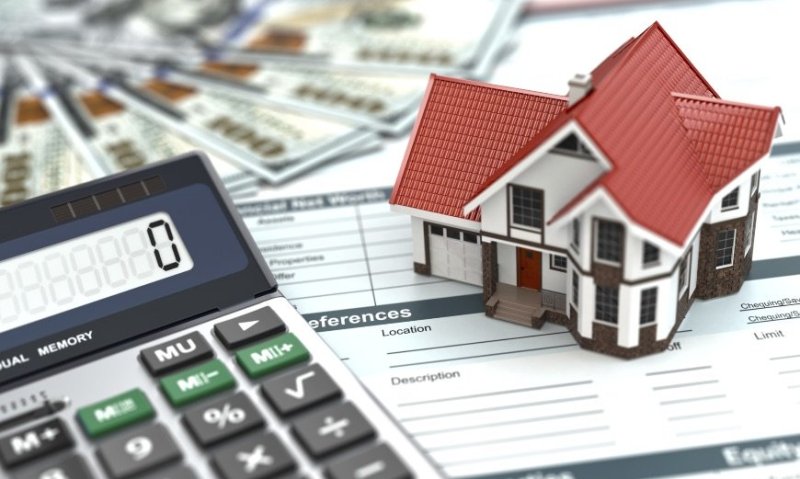If you are trying to find out how much your property is worth, this article is for you. In this post, we will be discussing the five most common methods of property valuation. These methods have helped many people because they provide insight into the market value for properties in their area. If you want to get an idea of what your home or business might be worth, check this link right here now.
Comparative Method
The comparative method is a common way of property valuation that estimates what properties in the same area are worth. This comparison can be made by comparing your home to other homes and considering their size, age, and the number of rooms, among many other factors. This method has been around for centuries but was initially used primarily in real estate transactions. Today it is also widely used when assessing the worth of intangible assets, such as patents or brand names.
Although this might be one of the more reliable methods to use, there are some drawbacks, like estimating how many nearby properties have appreciated over time and determining if they will continue on an upward trajectory into the future.
Another potential issue that could arise when using this valuation method is deciding what constitutes “similar” characteristics among different types of properties; typically, these must share at least three qualities to make them comparable.
Profits Method

Profits is a valuation method that calculates how much money should be invested in an asset and assumes it will generate the same returns. This can be highly useful because investors are typically looking for assets with high profit potential, but this also means there’s no guarantee of future performance or results based on past performance. This approach to calculation requires projections about your expected return on investment and other factors like risk tolerance, time horizon, and financial constraints.
The main advantage of using this method is its simplicity. All you need to do is estimate what percentage of profit from one year will equal the value of your property over another number of years, then divide by the length of time before getting a rough idea!
One drawback of this method is that it’s difficult to predict future rental rates and property values because they’re changeable from one area to another. Still, in some cases, this might be what properties are worth anyway!
Residual Method
The residual method is a valuation by which the overall value of the property can be calculated. This approach assumes that when you purchase an asset, it will generate income in excess of all costs associated with owning and operating it for some time; this includes depreciation on assets like buildings or equipment as well as what’s known as “return” (the profit from the sale).
One drawback to using this calculation method is that estimates are based solely on future anticipated expenses and profits without taking into account any current ones – meaning there may not be enough money coming in to match up with these projections!
Contractor’s Method

The contractor’s method estimates what a property may be worth based on the value of other properties that are currently being developed and sold in a given area. This approach can be beneficial because it provides an idea of how much homes will cost on average. Still, there are some drawbacks, like not knowing if finished products will have different qualities than those undergoing construction or if they’ll need any special features.
One significant risk associated with this type of calculation is that if you’re using information from one development project, then these values might change when considering another – meaning your estimate could vary wildly!
Investment Method
The investment method is a calculation of property value based on the income that it generates. This type of valuation may not be as reliable because, unlike other methods, you’re estimating future cash flows rather than relying on historical data. Still, this might be necessary in some cases due to circumstances like lack of available sales information or an efficient way to collect comparable transaction prices for similar properties. One downside with using this approach is that if there’s any change in rental rates from one year to another, then your estimate will also fluctuate – so it can’t reliably show what a specific individual asset should cost. Another potential issue when using the investment method is determining how much money they generate without making use of comparative market analysis tools.
Each property evaluation approach has its own pros and cons, as well as when it should be used. Still, in general, the main thing to keep an eye out for is any change or unexpected expenses that might make your estimate inaccurate.

Many thanks for this informative post. It was extremely informative and provided great insights. Should you be looking to learn more about the world of viral real estate SEO, make sure to check out https://www.elevenviral.com for more information.
I’m thoroughly captivated with your deep insights and stellar ability to convey information. The knowledge you share clearly stands out in every piece you write. It’s evident that you spend considerable time into researching your topics, and that effort does not go unnoticed. We appreciate your efforts in sharing such valuable insights. Keep up the great work! https://www.elevenviral.com